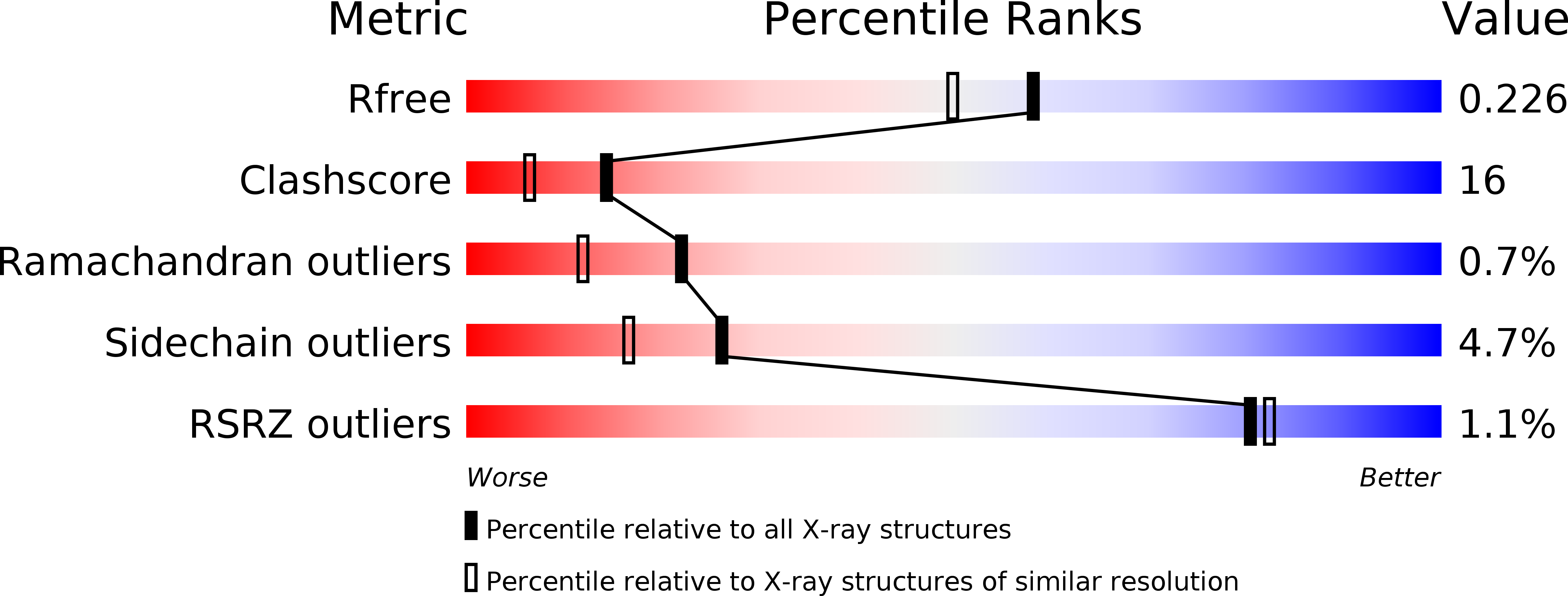
Deposition Date
2007-09-14
Release Date
2008-10-28
Last Version Date
2023-12-13
Entry Detail
PDB ID:
2VBN
Keywords:
Title:
Molecular basis of human XPC gene recognition and cleavage by engineered homing endonuclease heterodimers
Biological Source:
Source Organism:
CHLAMYDOMONAS REINHARDTII (Taxon ID: 3055)
Host Organism:
Method Details:
Experimental Method:
Resolution:
1.90 Å
R-Value Free:
0.22
R-Value Work:
0.14
R-Value Observed:
0.14
Space Group:
P 1 21 1


